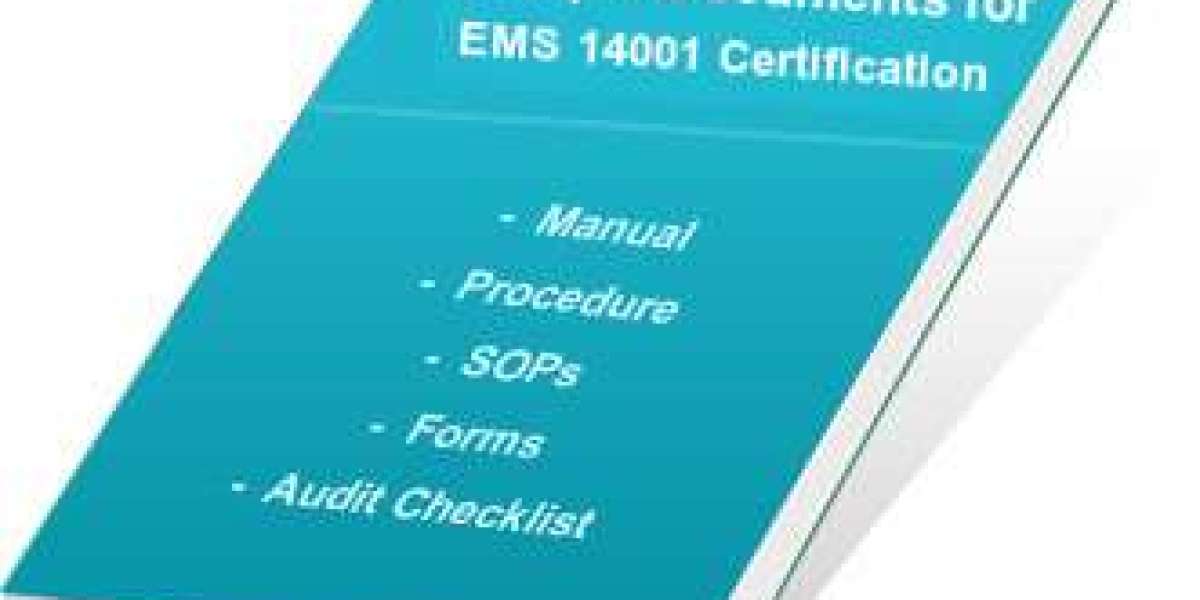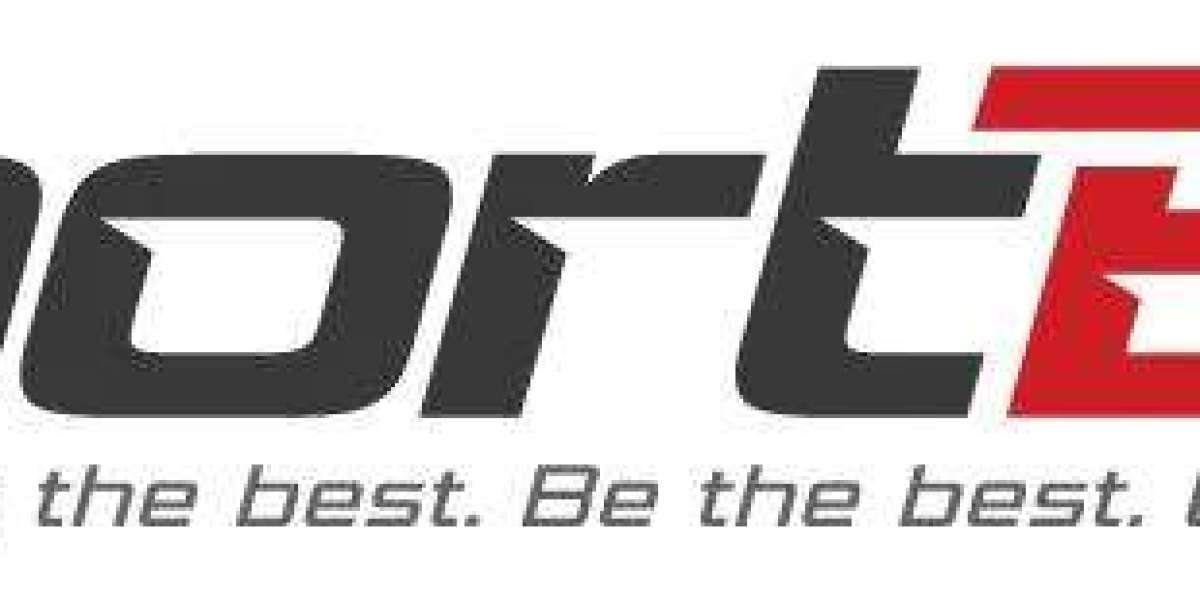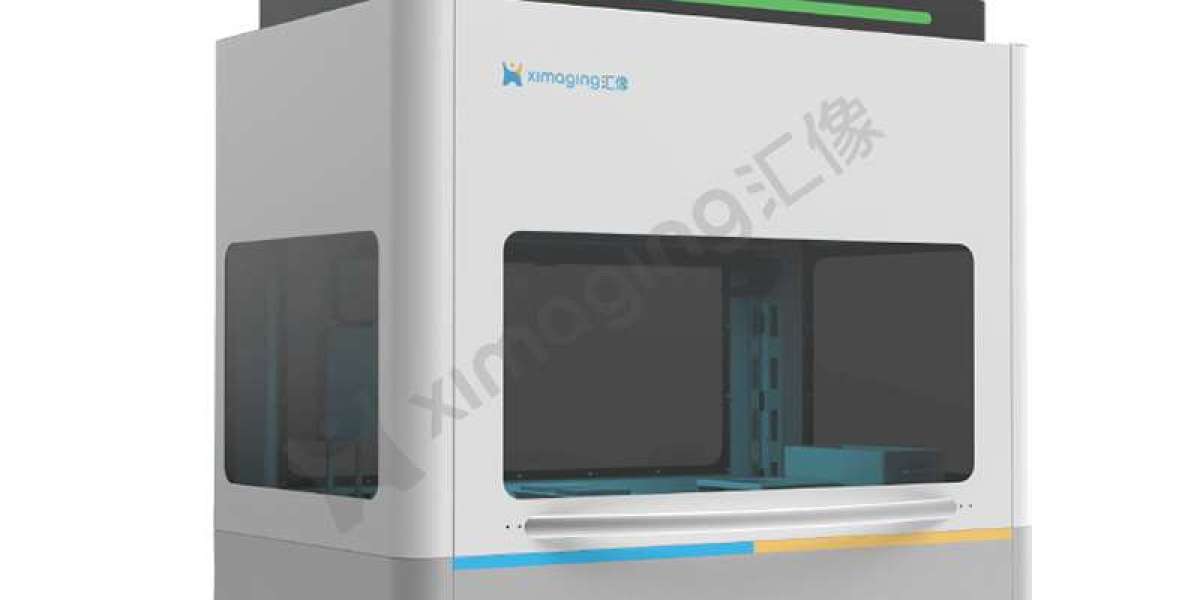ISO 14001:2015 is the international standard for Environmental Management Systems (EMS). It requires certain documentation (called “ISO 14001 Documents”) to demonstrate compliance and maintain an effective EMS. The standard distinguishes between mandatory documents (essential records and statements) and additional recommended documents (procedures and records that help implement the EMS). The list below outlines the required documents and common recommended documents, with concise explanations of each.
Mandatory (Required) ISO 14001 Documents and Records
- Scope of the EMS: A document defining the scope and boundaries of the environmental management system (which sites, activities, products, and services are covered).
- Environmental Policy: The organization’s formal environmental policy statement, outlining its commitments (such as compliance with laws, pollution prevention, and continuous improvement).
- Environmental Aspects Register: A document listing the organization’s environmental aspects, impacts, and criteria for significance. This identifies which activities could affect the environment.
- Risk and Opportunity Assessment: Documentation of identified environmental risks and opportunities and how they will be addressed. This ensures the EMS plans for negative and positive environmental factors.
- Compliance Obligations: A documented list of relevant legal and other requirements (laws, regulations, permits, and voluntary commitments) that apply to the organization’s environmental aspects.
- Environmental Objectives and Action Plans: Documents setting measurable environmental objectives (targets) and the action plans or programs to achieve them. This includes assigned responsibilities and timelines.
- Operational Control Procedures: Required procedures or instructions for controlling operations that relate to significant environmental aspects (for example, procedures for handling chemicals or waste). Ensures consistent processes are followed.
- Emergency Preparedness and Response Plan: A plan detailing how the organization will respond to potential environmental emergencies (for example, spills, leaks, or other accidents) to mitigate impacts.
- Training and Competence Records: Records of employee training, qualifications, and competence related to the EMS. Demonstrates that personnel are qualified to carry out environmental tasks.
- Communication Records: Documented evidence of internal and external communications about the EMS (for example, meeting minutes, emails, notices). Shows that environmental information is shared with relevant stakeholders.
- Monitoring and Measurement Records: Records of environmental monitoring and measurement results (for example, emission measurements, waste quantities, energy use). Provides data to check performance.
- Internal Audit Records: The internal audit program and audit reports documenting that the EMS is periodically reviewed and audited internally for conformity.
- Management Review Records: Records of management review meetings and their outcomes, showing top management’s evaluation of EMS performance and decisions on improvements.
- Nonconformity and Corrective Action Records: Documentation of environmental nonconformities, corrective actions taken, and their results. Ensures issues are identified and fixed.
Each of these documents or records is explicitly required or implied by ISO 14001:2015. They form the foundation of compliance, showing that the organization’s EMS is defined, implemented, and continuously improved.
Recommended (Optional) ISO 14001 Documents
- Context and Interested Parties Analysis: A procedure or record describing how the organization identified internal and external issues and interested parties that affect its environmental management.
- Environmental Aspect and Risk Procedures: Procedures for identifying and evaluating environmental aspects, impacts, and related risks. Helps consistently determine what is significant.
- Competence and Training Procedure: A documented process for determining training needs and maintaining employee competence in environmental tasks.
- Documented Communication Procedure: Guidelines for how environmental information is communicated within and outside the organization. Ensures clear, consistent messaging.
- Document Control Procedure: A procedure for controlling all EMS documented information (documents and records), including how documents are approved, updated, and retained.
- Internal Audit Procedure: A procedure describing how internal audits will be conducted, including audit frequency, methods, and responsibilities.
- Management Review Procedure: A procedure outlining how management reviews are planned and conducted, including inputs, outputs, and follow-up actions.
- Incident Reporting and Corrective Action Procedure: A process for reporting environmental incidents or nonconformities and managing corrective actions systematically.
- Forms and Checklists: Various forms (for example, audit checklists, inspection forms, training logs) used to record data consistently.
- Other Support Documentation: Any additional manuals or guides that help staff understand and implement the EMS (for example, a simplified EMS handbook or safety data sheets referencing environmental procedures).
These recommended documents help organizations implement ISO 14001 effectively by ensuring clarity, consistency, and ease of use. They support the mandatory documents by providing structure and detail.
Conclusion
In summary, ISO 14001:2015 requires a defined set of documents and records to demonstrate an effective Environmental Management System, while also encouraging additional documentation to support implementation. By maintaining the mandatory ISO 14001 documents (scope, policy, aspect lists, objectives, etc.) and using recommended procedures and forms, organizations can meet compliance requirements and continually improve their environmental performance.



